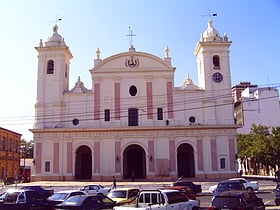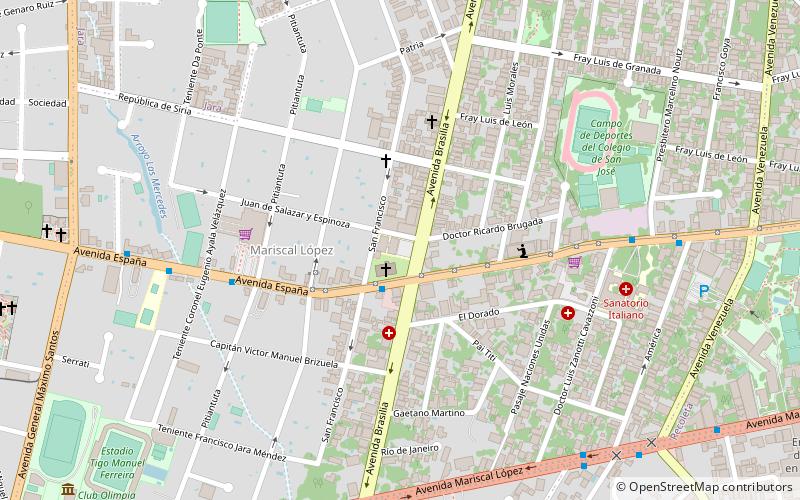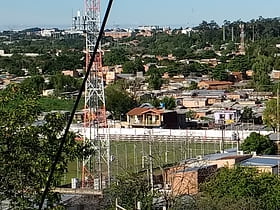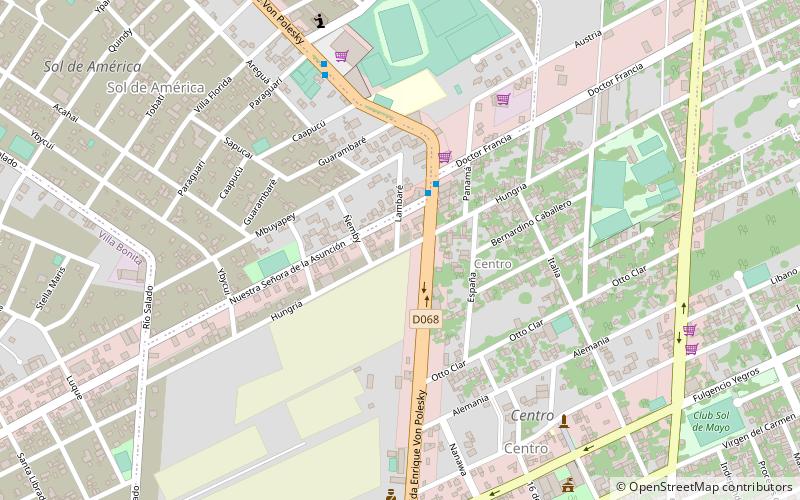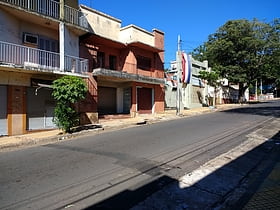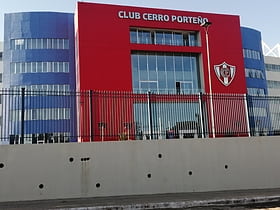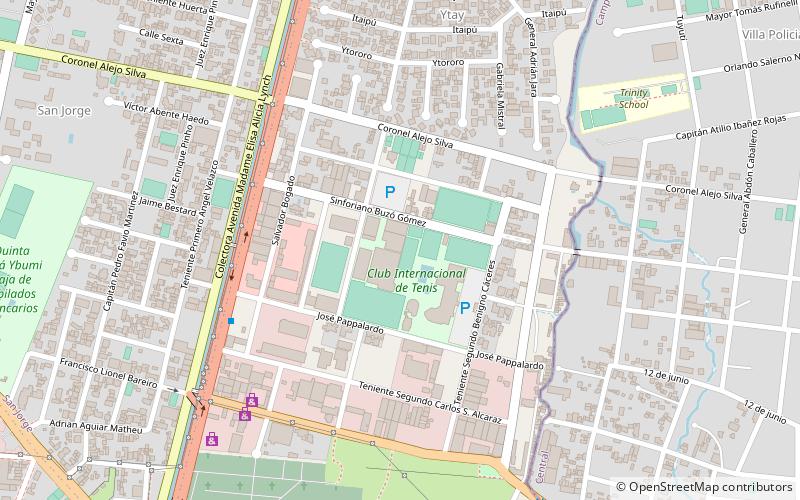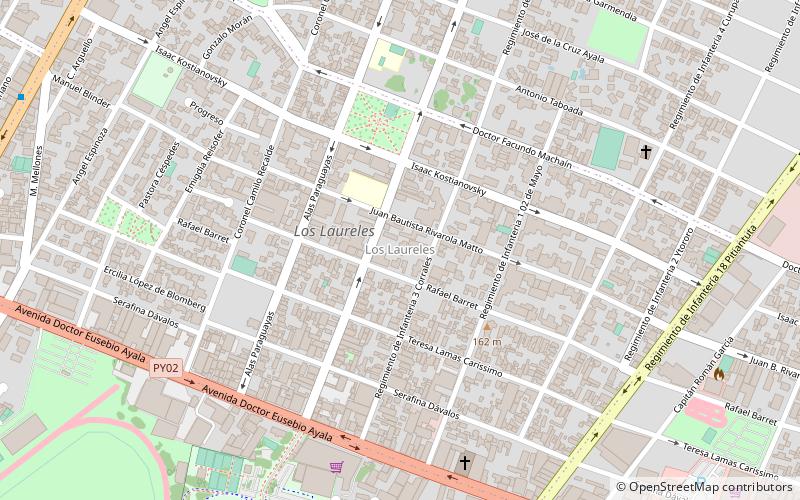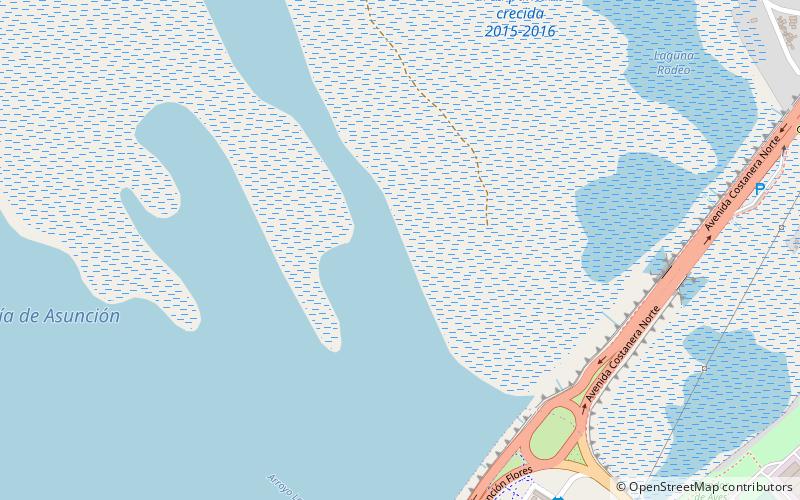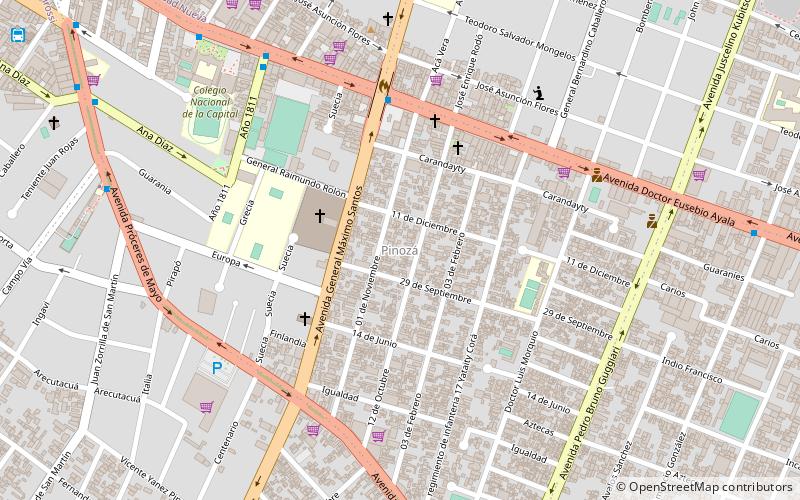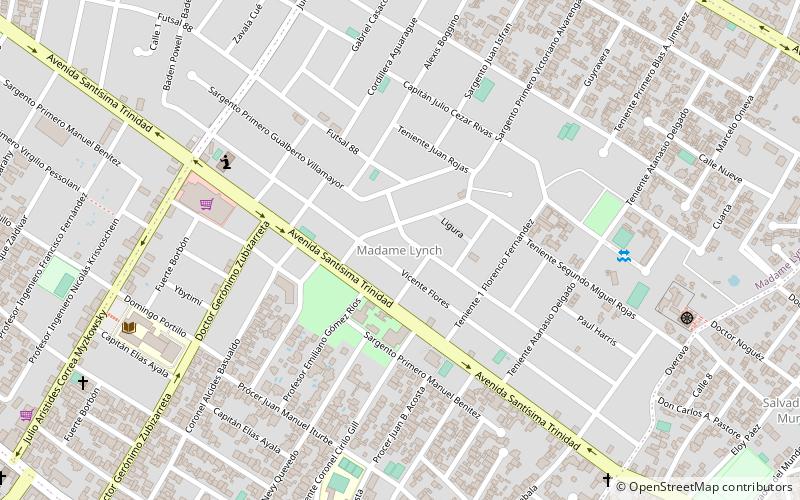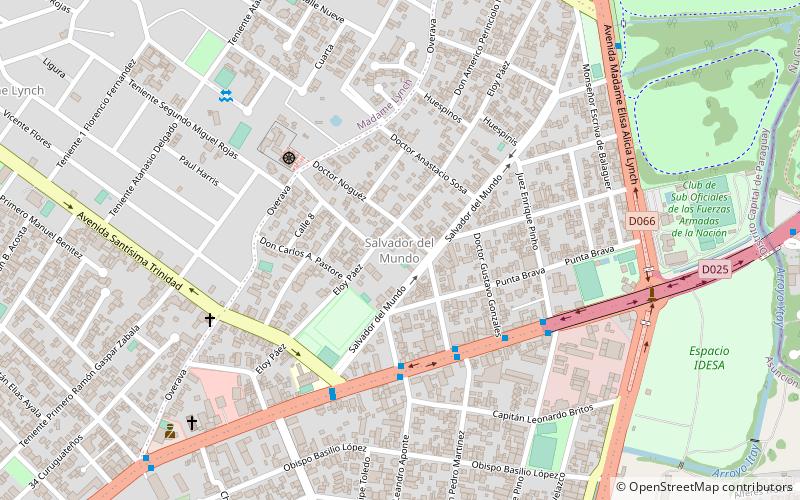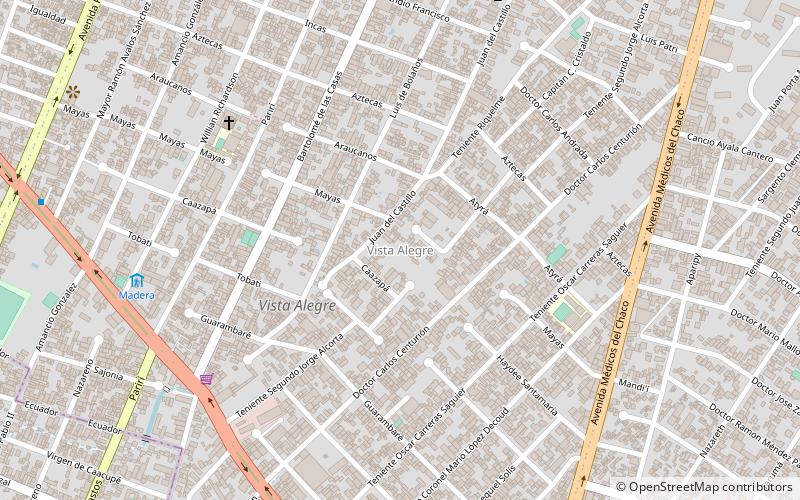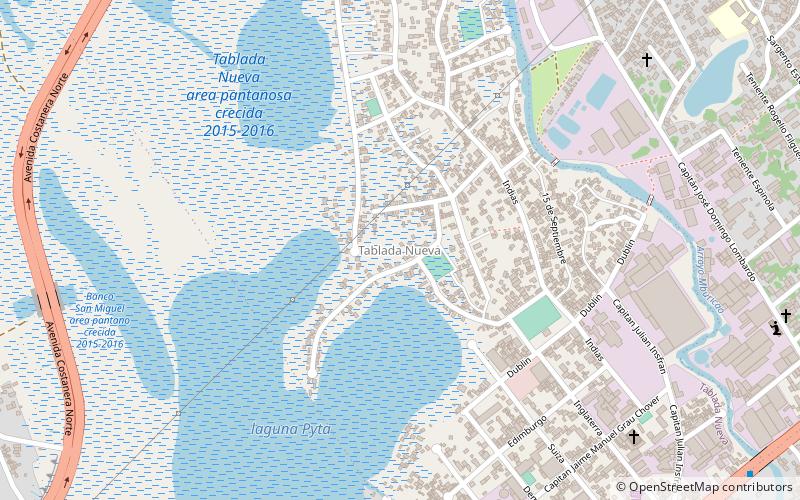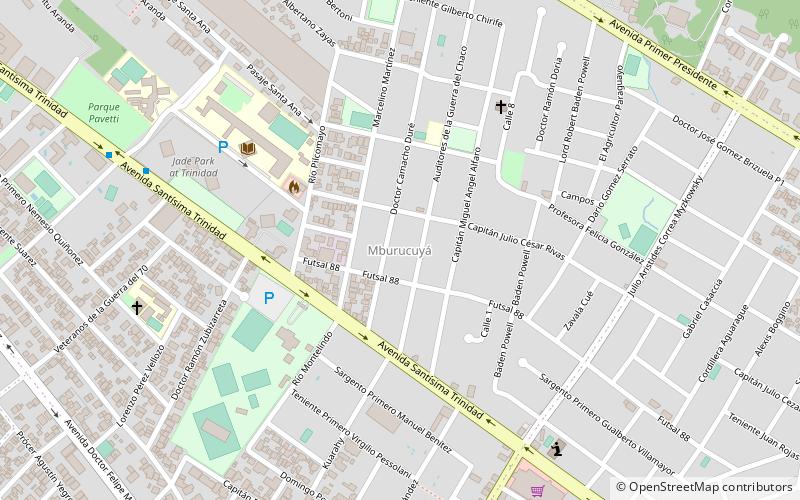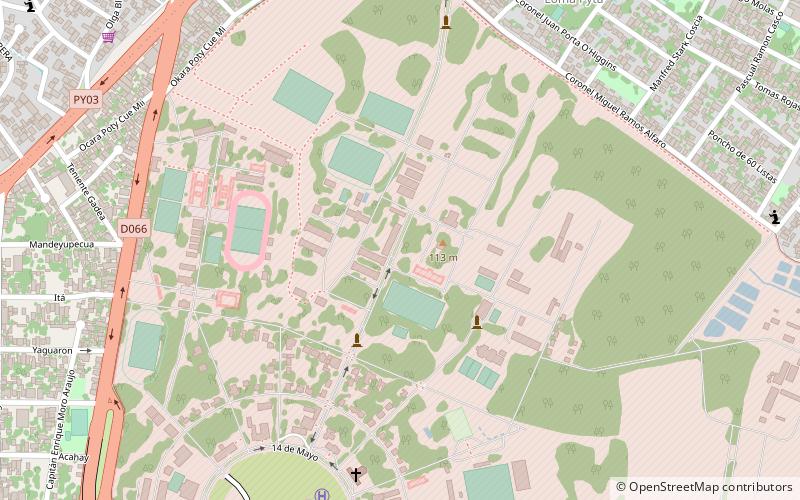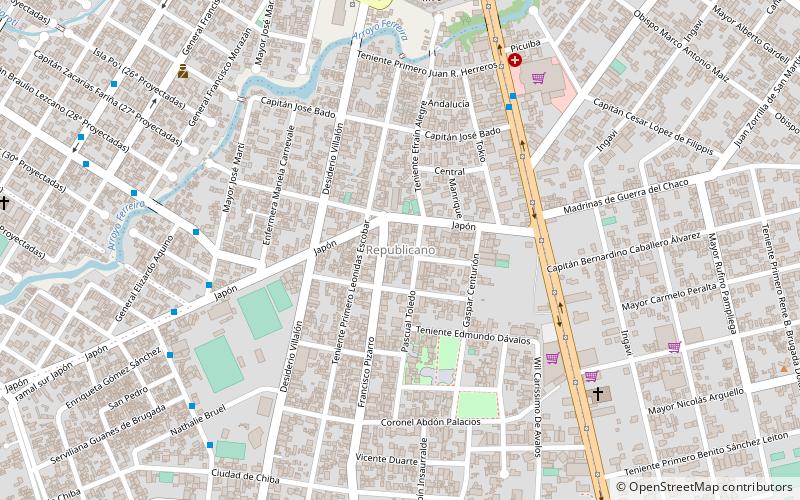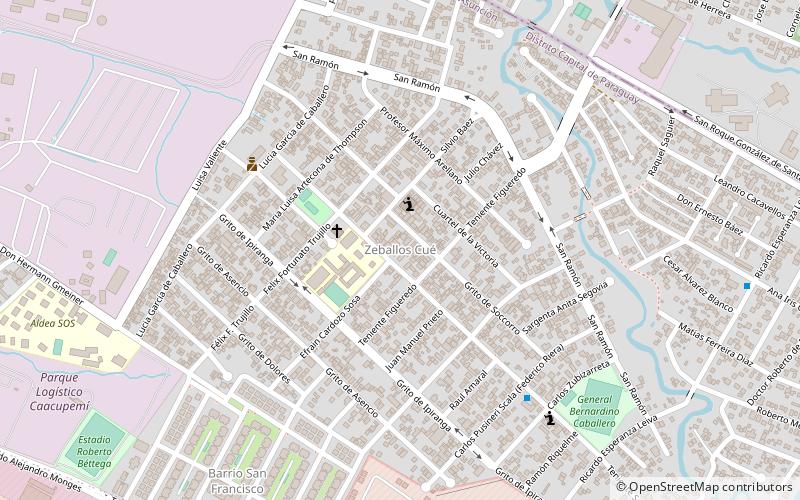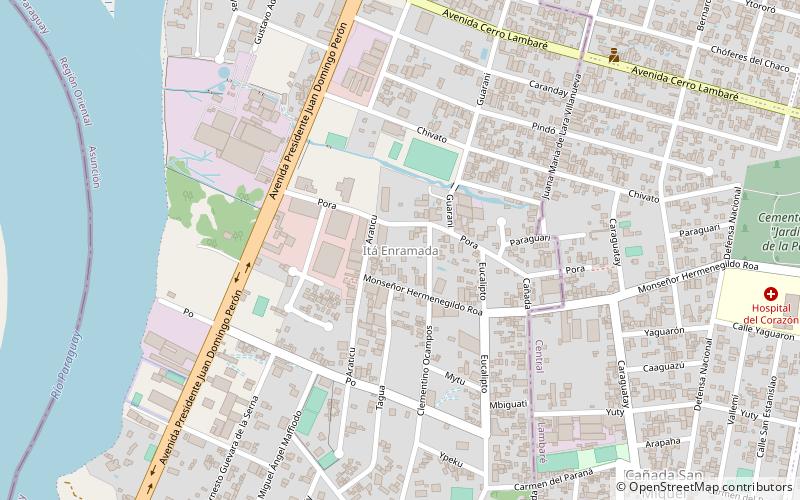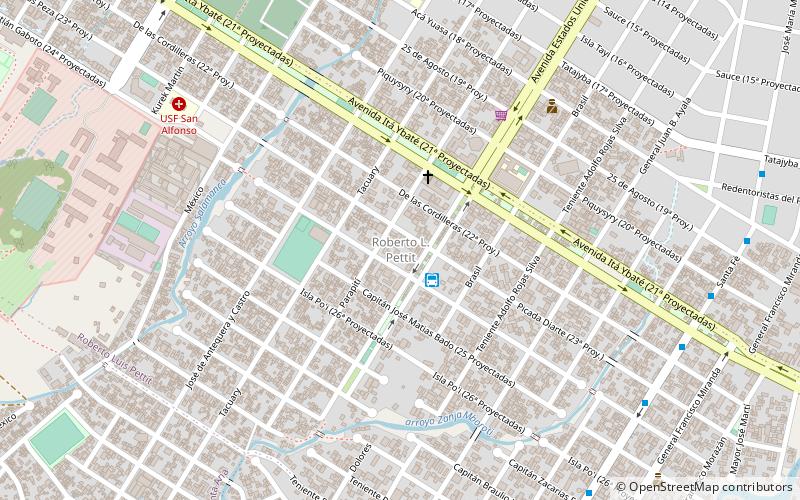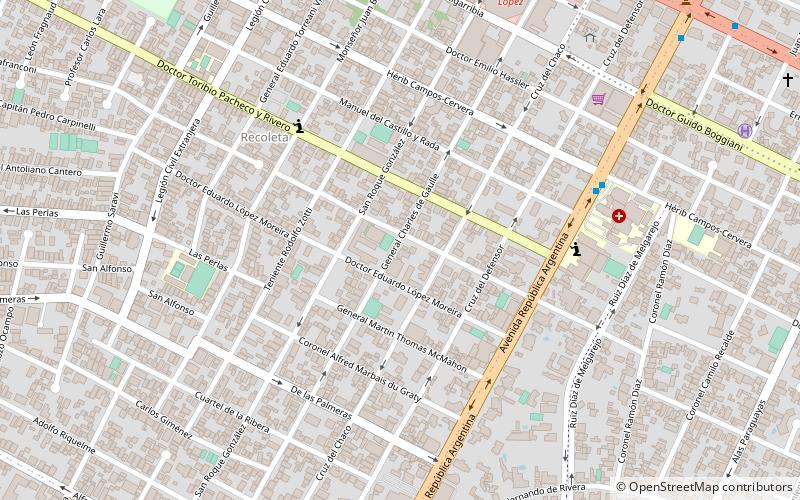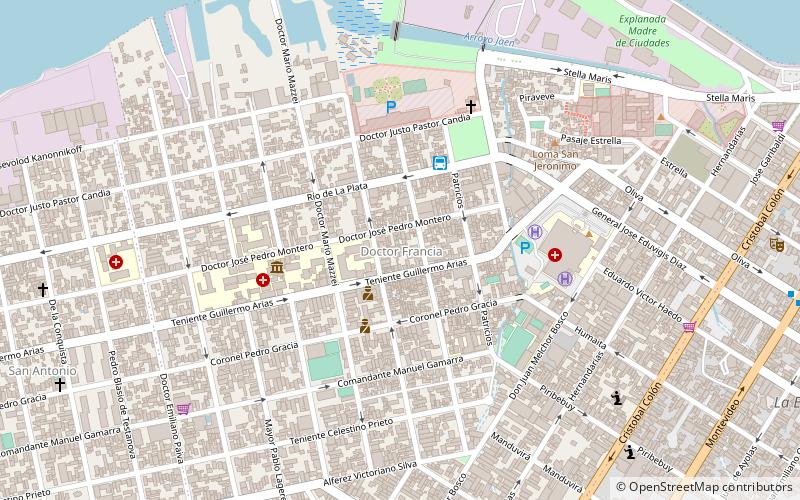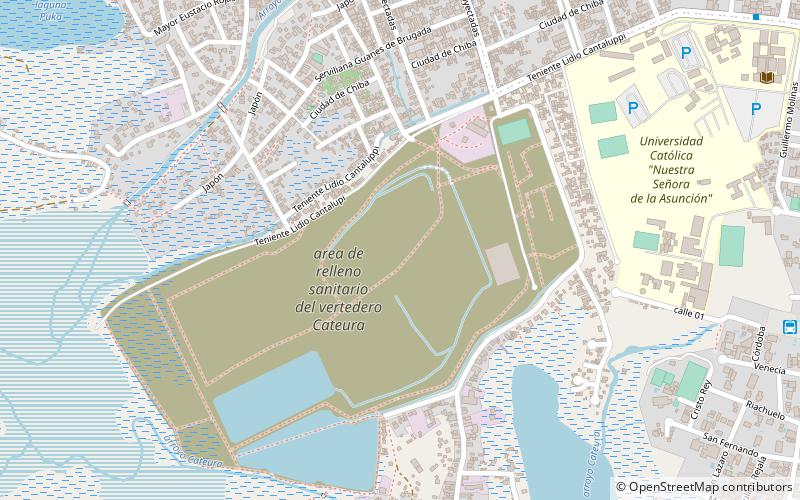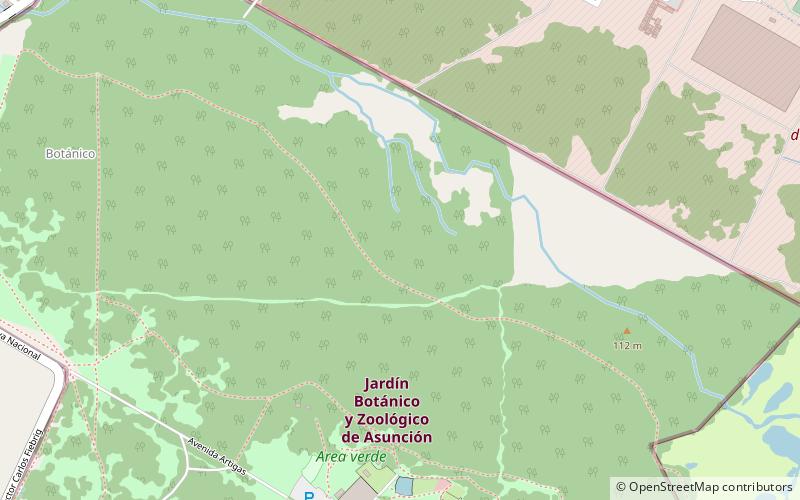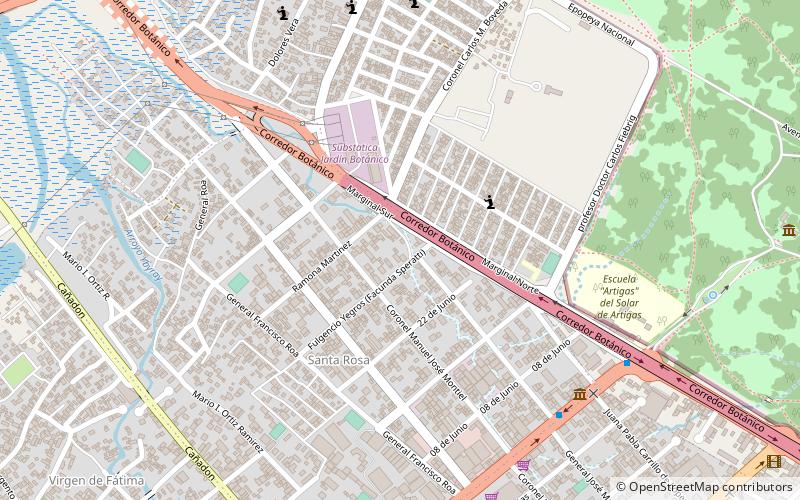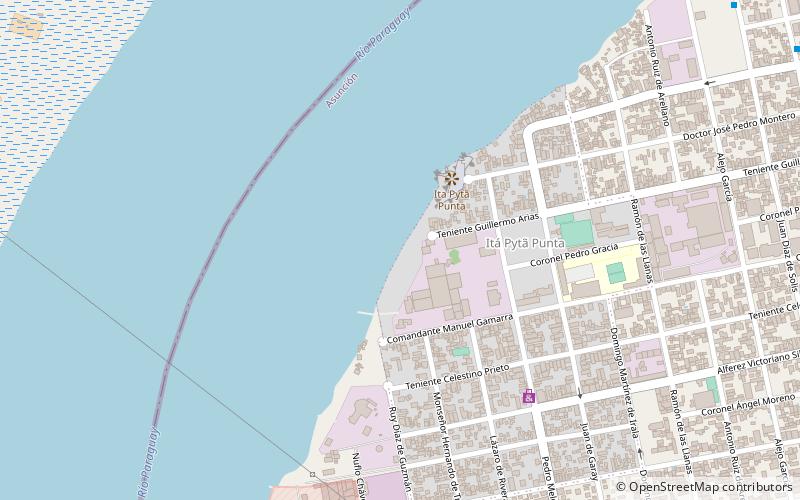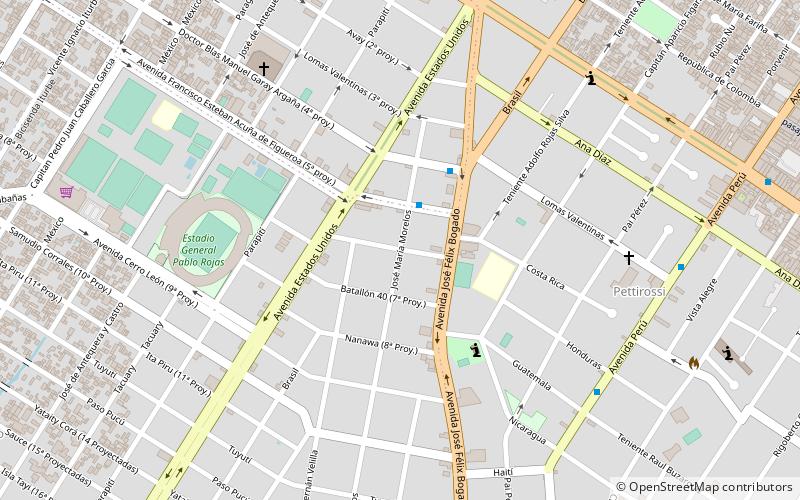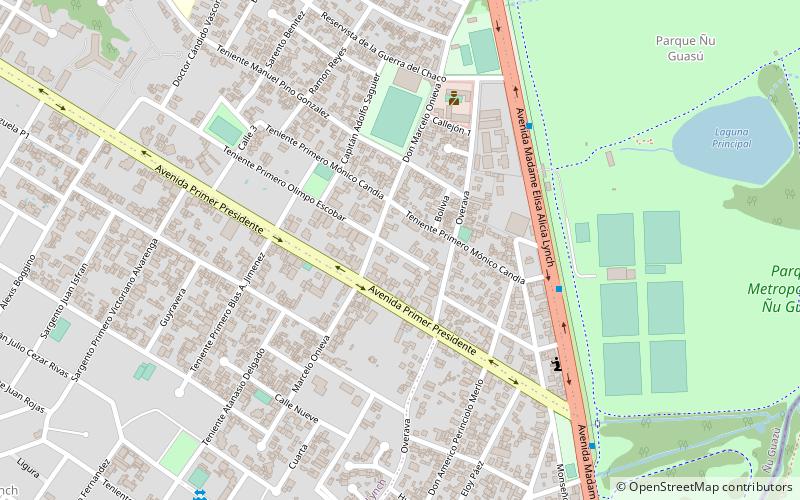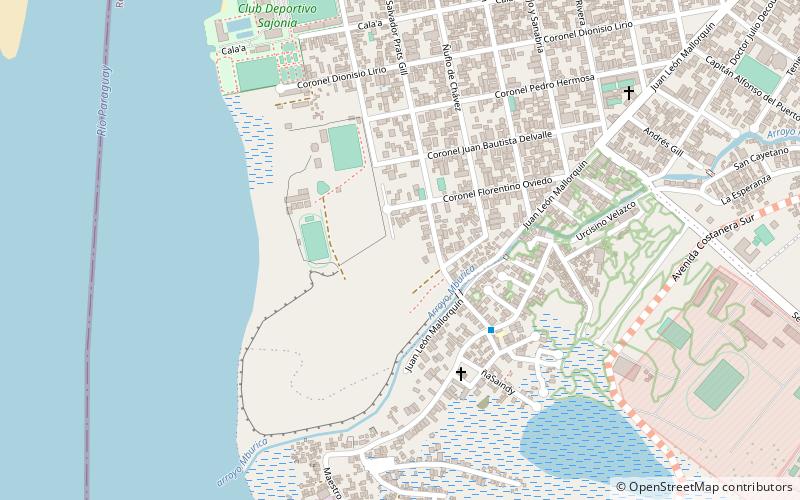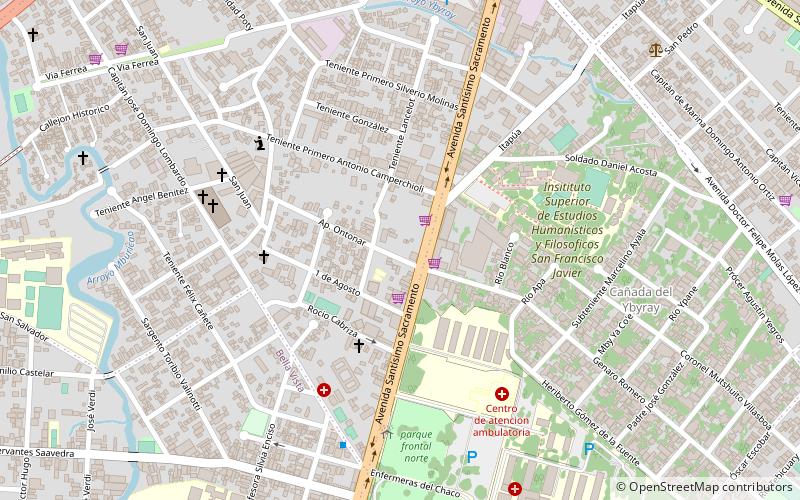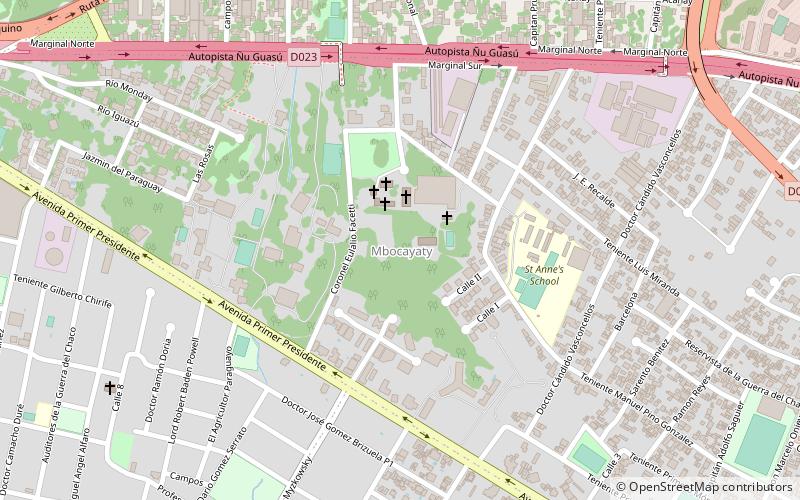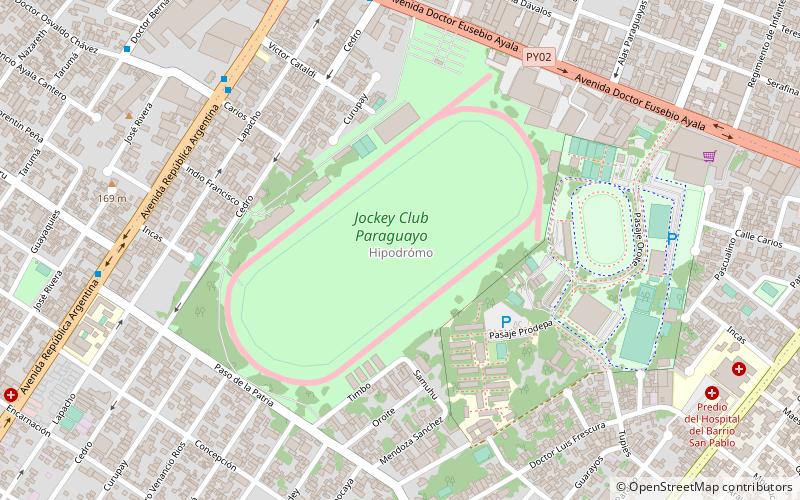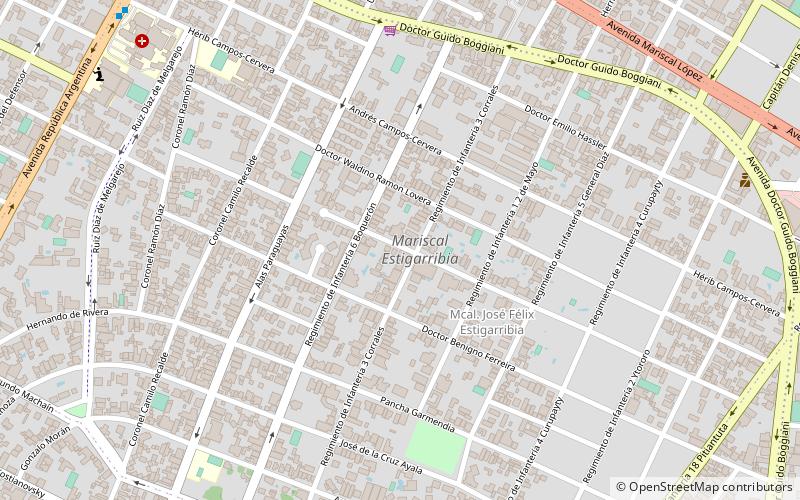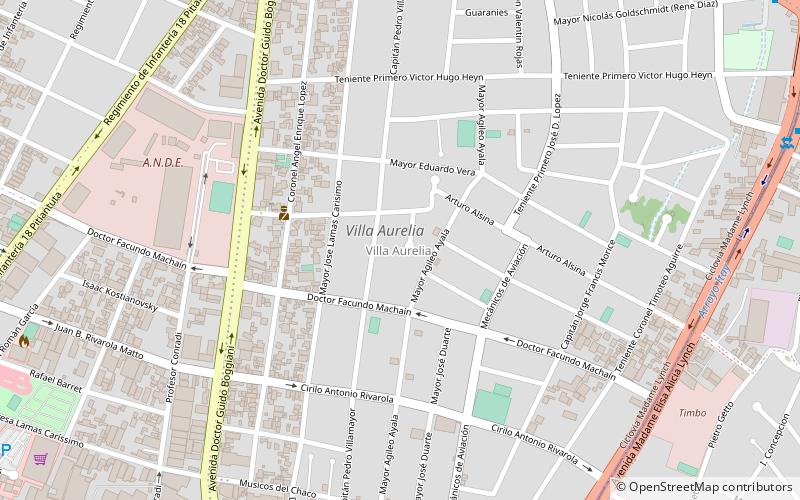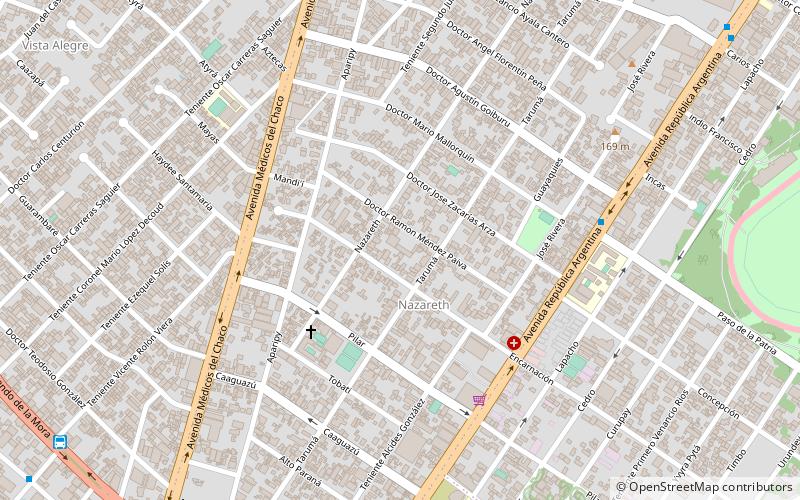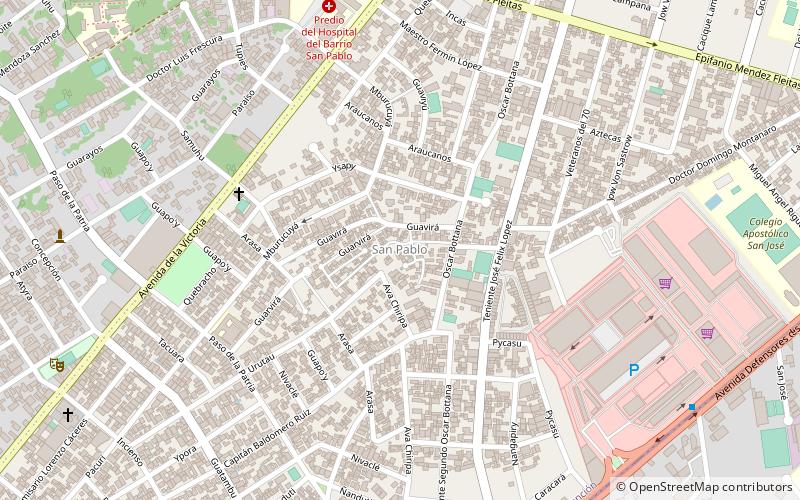Asunción: Neighbourhood
Places and attractions in the Neighbourhood category
Catedral
Nestled in the heart of Asunción, Paraguay's vibrant capital, stands the Catedral Metropolitana, a beacon of spiritual and architectural splendor. Officially known as the Metropolitan Cathedral of Our Lady of the Assumption, this historic church is not only a central...
Mariscal López
Mariscal López is a prominent neighborhood located in the city of Asunción, Paraguay. Named after the Paraguayan hero Francisco Solano López, this district stands as a testament to the country's rich history and cultural heritage.
Ricardo Brugada
Ricardo Brugada, mostly known as La Chacarita, is a neighbourhood of Asunción, the capital of Paraguay. It is a shanty town and one of the poorest locations in the entire country. Approximately 20,000 people live there.
Villa Elisa
Villa Elisa is a city in the Central Department of Paraguay on the outskirts of Asuncion. It was the only colony that was inhabited by Swedish people in Paraguay and today is one of the most important and active cities that are part of the Metropolitan Area of the capital.
Mburucuyá
Mburucuyá is a neighbourhood of Asunción, the capital and largest city of Paraguay.
Itá Enramada
Itá Enramada is the southernmost neighbourhood of Asunción, Paraguay. It borders the Paraguay River to the west and south, the city of Lambaré to the east and Santa Ana and Republicano to the north. Puerto Itá Enramada is a naval port located south of the neighborhood, which currently operates a service to Puerto Pilcomayo in Argentina.
Roberto L. Pettit
Roberto L. Pettit is a neighbourhood of Asunción, Paraguay. It is named after Roberto Pettit.
Dr. Francia
Dr. Francia is a neighbourhood of Asunción, Paraguay. The neighbourhood owes its name to the former Paraguayan consul and dictator José Gaspar Rodríguez de Francia.
Tacumbú
Tacumbú is one of the barrios of Asunción and famous for the prison also referred to as "Tacumbú". The famous Tacumbú hill is also located in this neighbourhood.
Cateura
Cateura is the name of the landfill of Asunción, created in 1984 by the municipality of the capital of Paraguay, whose name comes from the Cateura lagoon, which is located near the property, private access, which has become landfill.
Virgen de Fátima
Virgen de Fátima is a neighbourhood of Asunción, the capital and largest city of Paraguay.
Itá Pytã Punta
Itá Pytã Punta is a neighbourhood of Asunción, the capital and largest city of Paraguay.
Pettirossi
Pettirossi is a neighbourhood of Asunción, the capital and largest city of Paraguay.
Ñu Guazú
Ñu Guazú is a neighbourhood of Asunción, the capital and largest city of Paraguay.
Sajonia
Sajonia is a barrio of Asunción, the capital of Paraguay. It is located next to the Paraguay River and has a population of 14,873 people. This barrio is home to different social classes, but most predominantly middle- to upper-class families. The Carlos Antonio López Avenue runs through Sajonia.
Cañada del Ybyray
Cañada del Ybyray is a neighbourhood of Asunción, the capital and largest city of Paraguay.
Villa Morra
Villa Morra is a neighbourhood of Asunción, the capital of Paraguay. It has a population of 5,000 people. The name "Villa Morra" comes from the family name of one of the first owners of the Asunción Tramways company, Mr. Franciso Morra.
Hipódromo
Hipódromo is a barrio of Asunción, the capital of Paraguay. It's a relatively new neighbourhood with a population of 8,348 people, and provides one of the biggest green areas in Asunción. The name comes from the Spanish meaning of the word Hippodrome, which stands for "horse race track".
Mariscal Estigarribia
Mariscal Estigarribia is a neighbourhood of Asunción, Paraguay. The suburb is the home of both the South Korea embassy and the honorary consulate of the Commonwealth of Australia.
Villa Aurelia
Villa Aurelia is a neighbourhood of Asunción, the capital and largest city of Paraguay.
Nazareth
Nazareth is a neighbourhood of Asunción, Paraguay. It is a relatively new neighborhood that arose from the need for an expansion of Asunción. Its origin dates back to the 1930s.
Map

